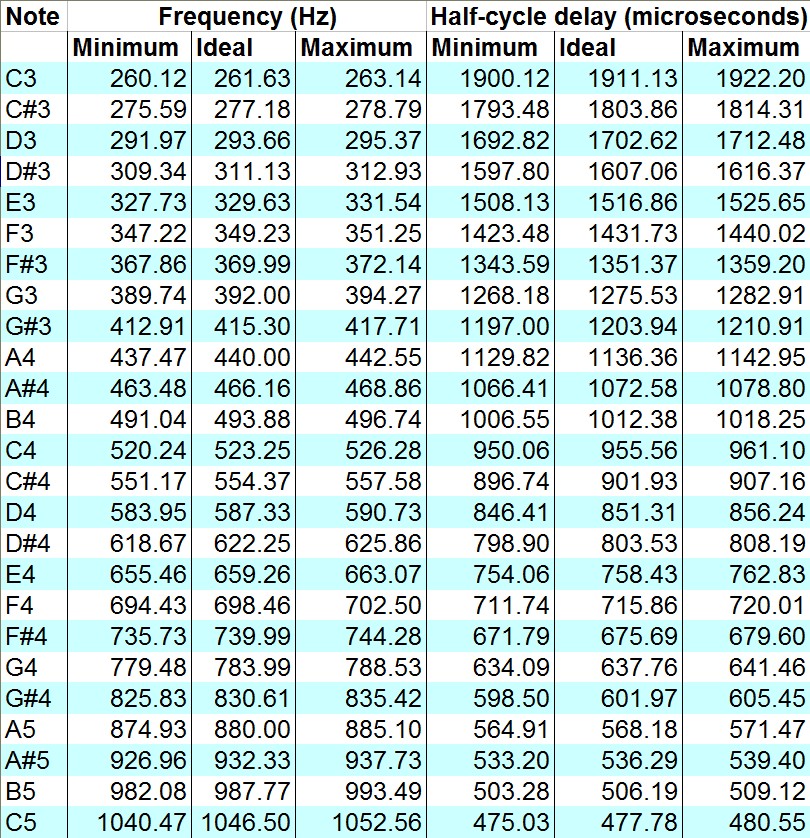

Spreadsheet with custom songs and setlists: Here you can post questions, videos and images etc. Sine is the only waveform that it does this on.Clone Hero is a better made replica of the famous Guitar hero game. When you PLAY any waveform other than sine, and then switch to sine, and then switch to something else, it works as expected, playing only the waveform selected. If you STOP the note, then switch to a different waveform and then PLAY it plays the selected waveform as expected. The only thing that I’ve noticed is that when you PLAY with the sine waveform selected and then switch to a different waveform with note still playing, sine is still audible along with the new waveform. Bookmarking for future use!Īlso, it works almost perfectly on a 2014 MacBook Pro running macOS Catalina (10.15.1) in Chrome. In the past I have always kept tuner apps on my phone or computer to dial in what I need, but I have stumbled across this twice in the last month and found it very convenient and helpful. I am not a composer or musician, but I have found that I occasionally need to reference frequencies/notes in the course of my work.

MIDI Note to Audio Frequency Calculator / Tuning Fork by Colin Crawley Settings Unfortunately, it looks as though either your browser does not support JavaScript or that JavaScript is currently disabled. In order for this calculator to work properly, please enable JavaScript in your browser. Let me know if you encounter any difficulties. On Mac systems, it should now work correctly (I still can’t test it though as I don’t own a Mac). Installing the ttf unifont package should fix this problem (from a terminal window, run: sudo apt install ttf-unifont). On some Ubuntu/Debian Linux systems it’s possible that the waveform graphics may display incorrectly. I’ve added a choice of waveforms for playback (because I can! 😉 ) but do bear in mind that since the default sine wave consists of only the fundamental it is the only pure waveform all the others contain overtones (or harmonics) of one sort or another: It’s also useful for cases where you might need to calculate an exact frequency for “surgical” EQ-ing. You can press Play to hear the note at the frequency displayed and you can change the pitch, waveform and volume whether or not sound is playing. It also displays the MIDI note name derived from any of the 3 common standards Middle C = C3, C4 or C5 (default is C4). It can display frequencies based on any user-defined reference pitch (for A above middle C) between 390 – 490 Hz (default is A = 440 Hz). Since it is able to play sound, it can also be used as an online tuning fork. This utility calculates the audio frequency and MIDI note name from any MIDI note number.


 0 kommentar(er)
0 kommentar(er)
